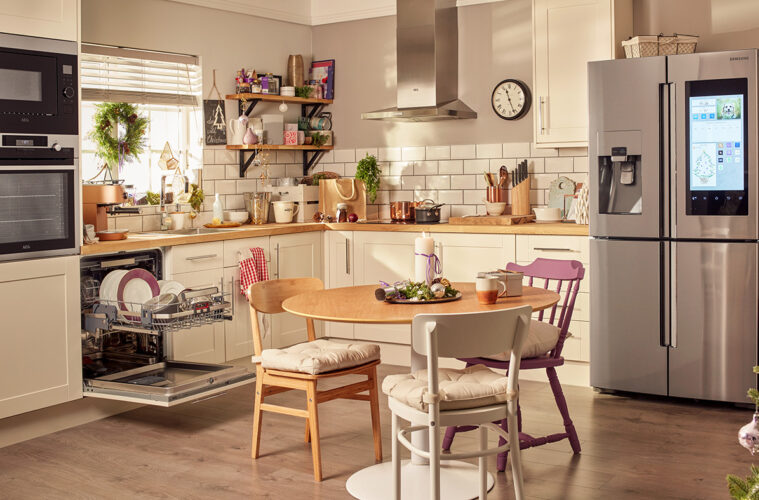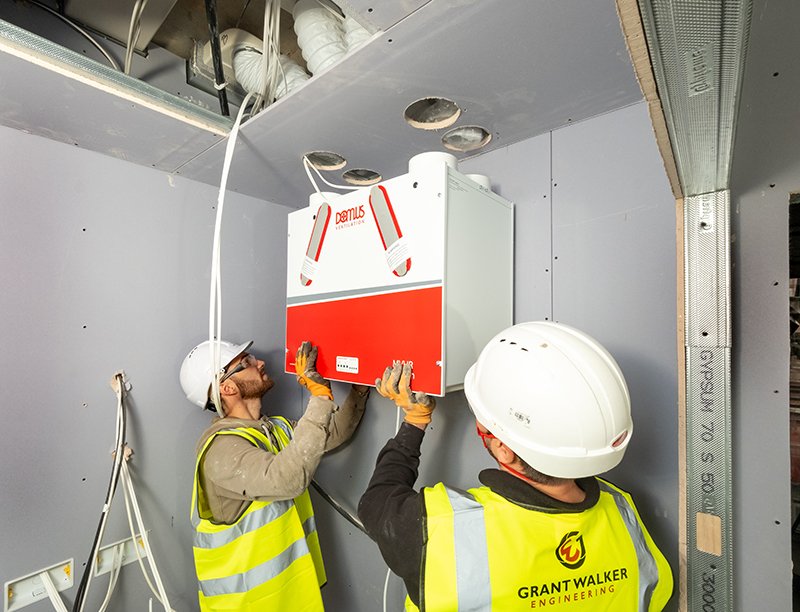Electricity is a very important element in modern life. It is used to power almost all the appliances used in households and business spaces. Almost every household in urban areas have refrigerators, air conditioners, televisions and one form of computer or the other. This ultimately affects the monthly bills that these households have to pay.
In view of the rate of inflation which also led to the rising cost of electricity, it is important for every consumer to understand the electricity consumption of household appliances. This will help them to know how to maximize power usage and also conserve energy to save money. Visit this site for more on energy conservation at constellation.
In this article, we will discuss the basics of electricity consumption, how to maximize power and also give you tips on how to save money on electricity bills.
Basics of Electricity Consumption
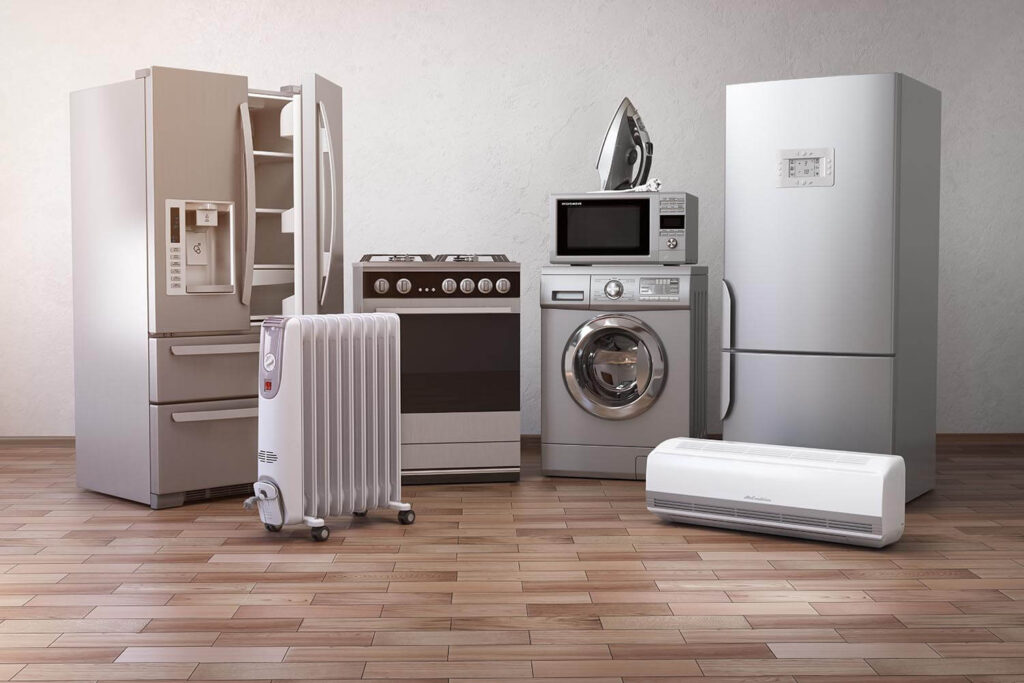
source: pinterest.com
Before we go into specific details of how electricity is consumed by different appliances, let us explain the basics.
Electricity is measured in units of power known as watts. The rate at which electricity is used is known as wattage and it is calculated by multiplying the voltage by the current that a device uses. The sign for watt is W while that of voltage is V and current is A.
Additionally, electricity is measured in Kilowatts (kWh) and that is measure of power used over a particular duration. Electricity bills are often calculated in kilowatts per hour and the tariff paid per kilowatt varies based on the location of the consumer, time of the day and the service provider.
Estimated Power Consumption of Some Household Appliances
Having established the basics of electricity consumption, we will show you how much electricity the average household appliances consume. Note that you can go here to visit the website of agents that will give you comparative analysis on the subject. Below is a table that shows the average consumption of household appliances in a year:
| Appliance | Average Energy Consumption (kWh/year) |
| Electric Range/cooker | 1,000 |
| Refrigerator | 600 |
| Dishwasher | 300 |
| Dryer for clothes | 600 |
| Washing Machine | 400 |
| Room AC | 500 |
| Central AC | 2,500 |
| Water heater | 4,000 |
From the table above, you can see that the energy consumption for all appliances is not the same. This therefore means that if you want to save money on your energy bills, you should identify the appliances that consume more electricity. After identifying them, find ways of reducing their usage. For example, you can sun-dry your clothes instead of drying them in a machine(clothes dryer) and you can take shorter showers or reduce the temperature on your water heater.
Tips for Maximizing Electricity Usage
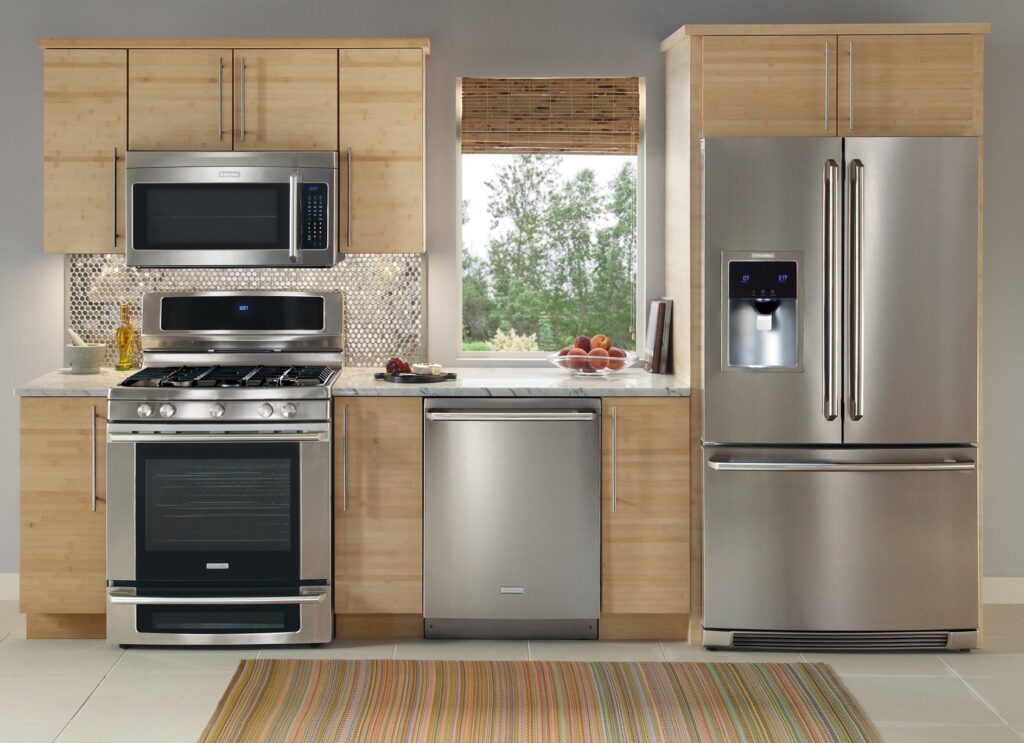
source: pinterest.com
Now that you have seen what an average household appliance consumes as per electricity, let’s go on to tips on how to maximize their usage in order to conserve energy and save money.
Switch to Energy-Saving Devices
If you already have old appliances, the probability is that they are the conventional ones so you should be thinking of changing them to energy- saving ones. Most home appliances that are made these days are actually energy efficient so it is easier for you to get any brand of your choice.
Additionally, you can recognize energy saving devices by the ENERGY STAR label that they carry. This label indicates that they are part of a certification program that ensures that modern appliances compile with the guidelines of the U.S. Environmental Protection Agency.
With these energy saving devices, you are sure to save some substantial sum.
Unplug Appliances that are Not in Use
A lot of appliances such as computers, televisions and phone chargers keep using power even when they are not being used. This is known as standby power which can come up to a substantial sum at the end of the day. So to reduce this standby power, you have to unplug these devices when they are not in use. Another way of reducing the usage of standby power is by using a power strip which enables you to switch off multiple appliances at the same time.
Adjust your Thermostat
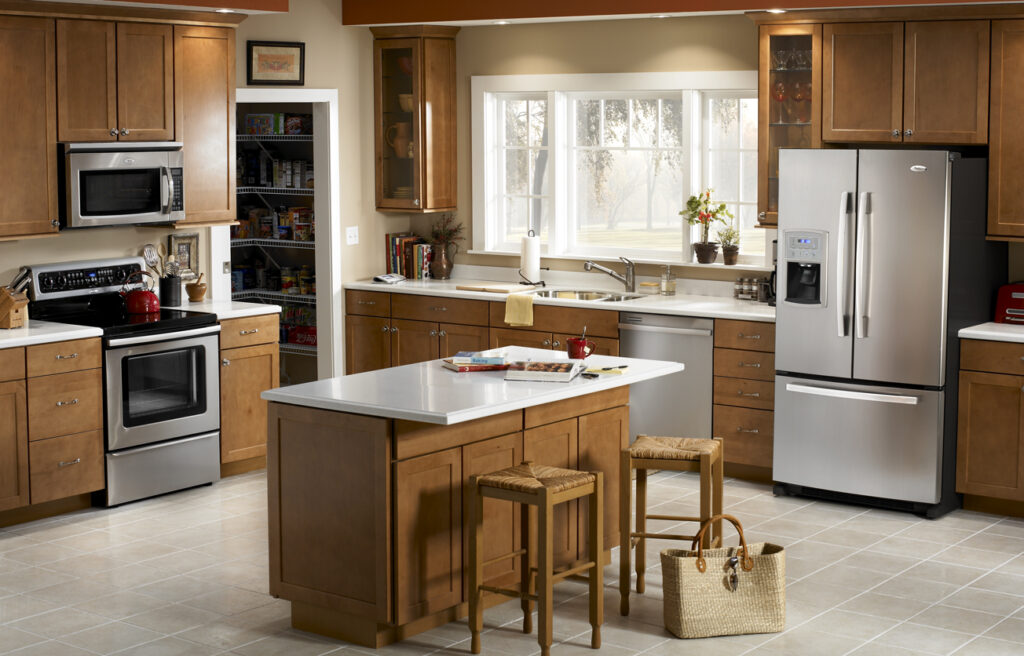
source: pinterest.com
Cooling and heating a home contributes significantly to the amount of electricity used and therefore the energy bill. However, you can reduce this usage by adjusting your thermostat. In the winter season, you can set it to 68 degrees Fahrenheit when you are home and reduce it by 10 or 25 degrees when you are asleep or away from home.
The recommended setting for summer is 78 degrees when at home and raised by 10 or 15 degrees when asleep or away from home. This way you don’t get to burn up unnecessary energy and thereby save money.
Install a Programmable Thermostat
A programmable thermostat is a device that’s use to set the temperature in a house at different times of the day. With it you can set the thermostat to automatically control the temperature in your home to suit the time of the day such as when you are asleep or away from home.
Some of these devices even study your behaviour so as to adjust the temperature appropriately. This helps you to save money on your bills too!
Use Natural Light as Much as Possible
Take advantage of natural light instead of always using artificial lighting like bulbs. It’s as simple as opening the blinds and curtains during the day so that sunlight can come in and you can use it for reading and other daily tasks instead of putting on electric bulbs.
Optimize your Fridge
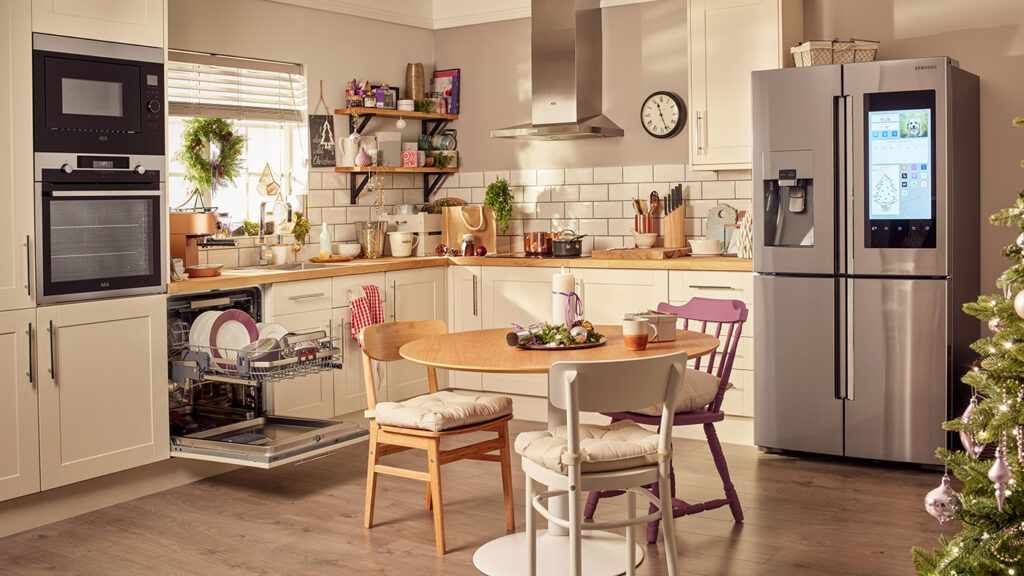
source: pinterest.com
The refrigerator is one of the appliances that consume energy the most in a home. One way of optimizing the fridge is to ensure that you don’t overload it. Overcrowding a fridge will not allow air to circulate properly and it will make the compressor of the fridge to work more to cool and preserve the contents.
Also ensure that you clean the coils on the back of the fridge so that it can work better. Load your fridge appropriately so that the time the compressor works to power it will be reduced.
Use a Microwave Instead of an Oven
Microwaves use less power than ovens and they cook faster. So when you want to cook small quantity of food, it is recommended that you use a microwave instead of an oven. In the long run, you would have saved some money. But microwaves can also malfunction, resulting in consuming more power and spreading microwave radiation. For instance, if you’re wondering why does it turn on when I open the door, it could be due to heat-sensitive switches, a faulty internal circuit, firmware glitch, or defective door
Minimize the Use of your Dishwasher
Using dishwashers to do dishes is a norm in most modern homes; one thing that dishwashers also do is dry dishes. So you set the dishwasher to wash cycle and then after the washing, you set it to a dry cycle. These two cycles definitely use power so one way you can minimize the use of the machine is by using the wash cycle only. After washing, bring out the dishes to air dry on your plate rack.
Seal Air Leaks in your Home
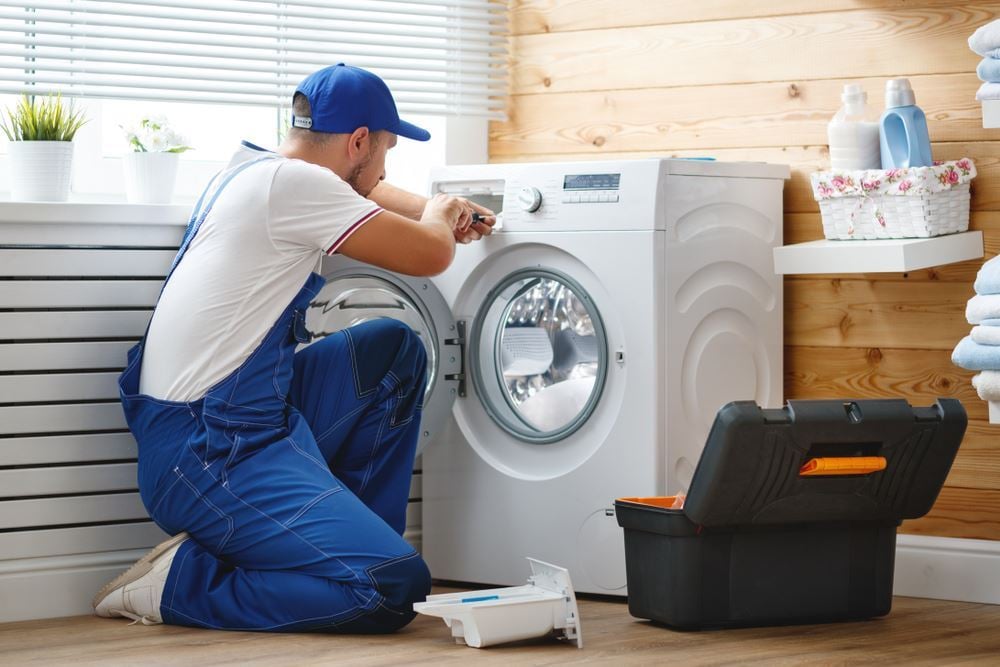
source: pinterest.com
Air leaks in a home enable heat or cool air to escape and this can make the cooling and heating system to work more than it should. This increases the energy consumption which translates to higher electricity bills.
So to reduce energy consumption in this circumstance, you have to seal the air leaks. You can either use caulks or weather strips to seal your home. Additionally, you can also install insulation in your home so that it helps to retain heat in winter and cool air in summer.
Use Fans Instead of Air Conditioners
Fans use less energy than air conditioners so it goes without saying that using them instead of ACs would go a long way in conserving power. And in addition to conserving power, they are sometimes more appropriate to use than ACs when the weather is not hot enough to need an AC.
Conclusion
From all the tips that we have shared, you can see that there are many ways that consumers can conserve energy and save money in the process. Bear these tips in mind because they are things that are easy to either take for granted or forget. Consciously doing them will definitely pay off in the long run.

